Microchip COM20020i Manual
Microchip
Ikke kategoriseret
COM20020i
| Mærke: | Microchip |
| Kategori: | Ikke kategoriseret |
| Model: | COM20020i |
Har du brug for hjælp?
Hvis du har brug for hjælp til Microchip COM20020i stil et spørgsmål nedenfor, og andre brugere vil svare dig
Ikke kategoriseret Microchip Manualer

25 Oktober 2025

25 Oktober 2025
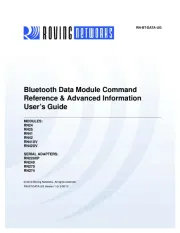
24 Oktober 2025
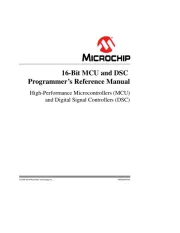
24 Oktober 2025

24 Oktober 2025
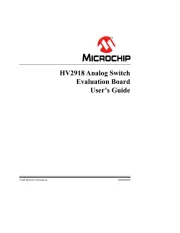
23 Oktober 2025
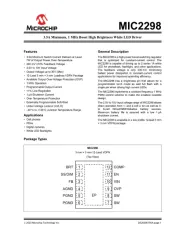
23 Oktober 2025
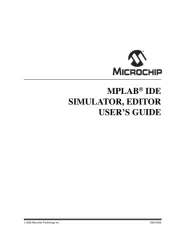
23 Oktober 2025

21 Oktober 2025
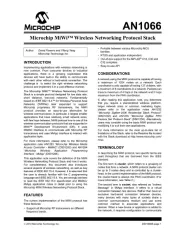
21 Oktober 2025
Ikke kategoriseret Manualer
- Swan
- Eldat
- Exquisit
- K&M
- Seenergy
- DJI
- Hikvision
- Kimo
- Shimano
- Phoenix
- Aimpoint
- Hangman
- Hurricane
- Shimbol
- Traco Power
Nyeste Ikke kategoriseret Manualer

3 November 2025

3 November 2025

3 November 2025

3 November 2025

3 November 2025

3 November 2025

3 November 2025

3 November 2025

3 November 2025

3 November 2025
